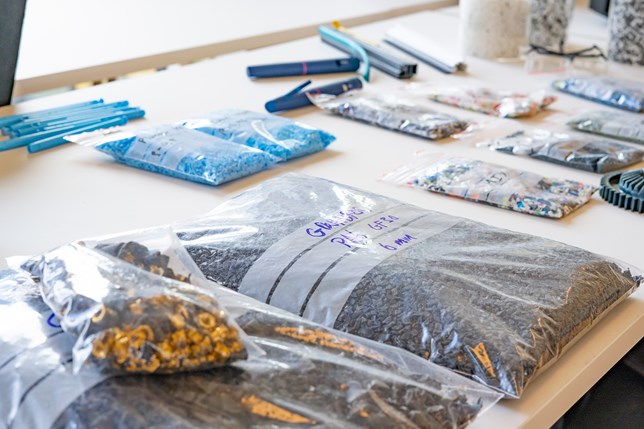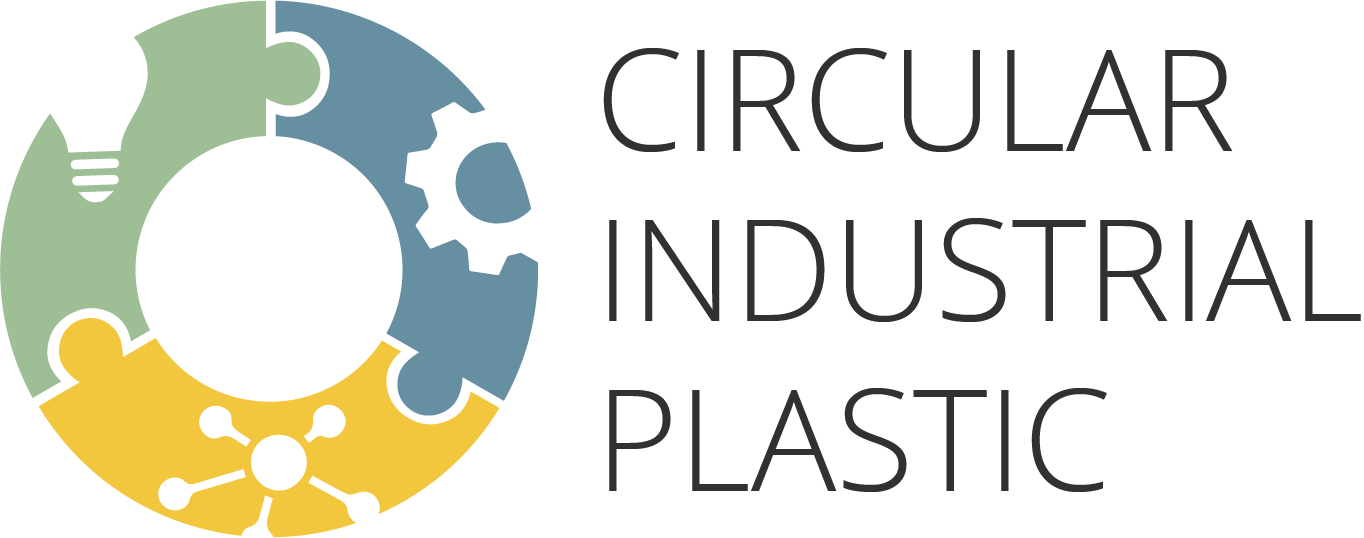Circular Industrial Plastics (CIP)
Today, many industrial products made of plastic are burnt or deposited after use because they either are not designed for recycling or because the available recycling technologies cannot handle the products.
Many industrial plastic products are not designed for recycling but for fulfilling a specific function in the integrated industrial products making recycling and circularity economically and environmentally impracticable. The lack of commercially available recycling technologies for industrial plastic in combination with many different types of plastic is a major barrier for recycling.
Systematic change within plastic recycling is calling for:
- Knowledge to identify product design and technology solutions for the future
- Technological development to drive change
- Collaboration to create movement and extended value chains
To obtain this, key industrial actors have joined forces against plastic waste in the CIP partnership. The project is led by Danish Technological Institute, and partners include some of the largest Danish industrial companies from different industries.
![]()
![]()
![]()
The CIP project will demonstrate new recycling paths for plastic materials from participating companies from three different industries: technical, medical and consumer. Plastic waste from industries will be matched with the best available recycling technology enabling the plastic fraction to maintain as high value as possible in the recycling supply chain.

The CIP project will increase the amount of recycled industrial plastic with 20% in year 2025 by developing and improving recycling technologies for handling complex waste fractions from the industry. The project will create new combined waste streams creating waste volume making upscaling of technologies feasible and economically relevant. At the same time the project will provide insight and input for product owners for modifying and designing their products for improved recycling.
The ambition is to increase recycling of industrial plastics by at least 20 percent before 2025 and to create a new platform for recycling of plastics in Danish companies.
At the completion of the project, the objective will be to demonstrate full-scale solutions for selected products within the categories of medical, technical, and consumer plastics, and to demonstrate the interaction of new recovery technologies in the circular flow. Furthermore, the ambition is that the CIP project will give Danish companies access to new knowledge and technologies for establishing circular flows within plastics.
By 2025, the consortium is aiming to:
- Further develop recycling technologies to handle plastic streams that are not being recycled today
- Improve the foundation for circular product design
- Create new ways of recycling across sectors and trades
